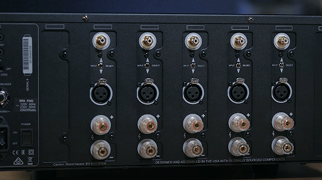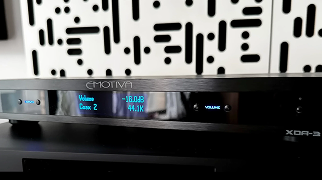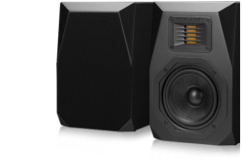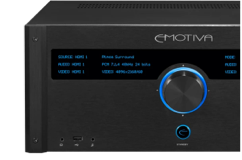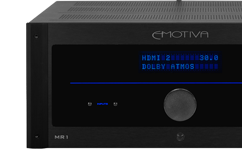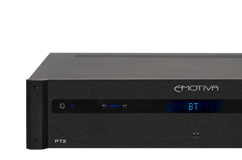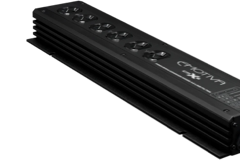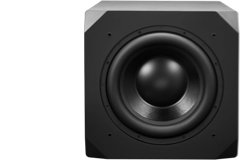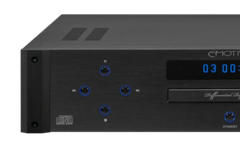
A mention of the term Home Theater conjures images of large screen monitors surrounded by speakers from every angle and a rack full of the latest gear.
Or, it brings to mind a TV surrounded by a few speakers and a cable box.
Or, a TV with a soundbar and wireless sub. Or….
Home Theater is so commonplace that most of us have very specific ideas of what it means, even if the phrase itself is so general as to be vague. Around since the 1970s, when Dolby Labs first brought the short-lived four-channel Dolby Stereo to market, it has evolved over the years to encompass any system that combines audio and video in one sonic ecosystem.

Of all the potential variations on a theme, multichannel audio is naturally most closely associated with Home Theater, though, like HT, “multichannel” simply implies there is more than one channel, making stereo a multichannel technology, and still the most common.
Modern-day electronics from manufacturers of high-performance audio products make it easy to expand a home theater system to as many channels as a listener desires, though music is rarely mixed for more than 5.1 channels while movies are now mixed in as many as 10 channels for a 7.1.2 Dolby Atmos soundtrack. But, while format limitations may put a cap on the number of speakers in a given listening room, multi-room options allow listeners to spread the wealth to other zones, making it necessary to offer even more channels in high-end processors and audio/video receivers (AVRs).
Peeling it back to its essence, a Home Theater is intended to envelope the listener in the experience, rather than simply play a song or soundtrack. With a large screen monitor at its center, viewers are either surrounded by speakers or focused on a front speaker array or soundbar. A processor or AVR acts as the brains of the outfit, receiving signals from sources and converting them to analog before sending them on to the speakers.
Both Dolby and DTS feature proprietary technologies that are featured on Blu-ray and DVD as well as some streaming services. Additionally, both companies offer technologies that convert a common stereo mix into surround audio.
Nearly every processor or AVR sold today includes a menu of selections to either match the source or tweak to the listener’s preference. Dolby Labs and DTS are the primary purveyors of ways to enhance the sound through multichannel sorcery that mirrors an authentic surround mix. Dolby Pro Logic II, which successfully separates and places midrange dialog in the center, music in the front L/R channels, and effects in the rear, just like a real-world 5.1 mix, is one of the oldest and most popular of these options, but it is by no means alone.
And, then there is DSP, or Digital Signal Processing. DSP makes it easy to further fine-tune sonics to match the room and compensate for anomalies that may or may not be in the ear of the beholder.
Ultimately, the most important element of a Home Theater is the “home” part. Home Theater is meant to be enjoyed in a living room, den or other focal point of the home. While it is possible to watch a movie on a tablet or phone, these are portable products that are not meant for focused viewing and enjoyment, let alone sharing with others.
Leave phones and tablets for texts and following up with friends. Set up a Home Theater where you feel most comfortable, and enjoy entertainment the way it was meant to consumed.
Share Post



